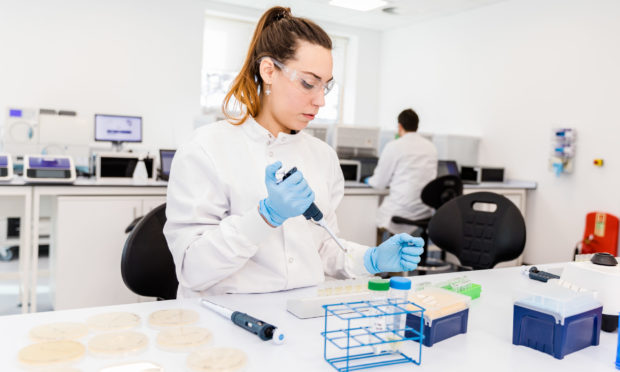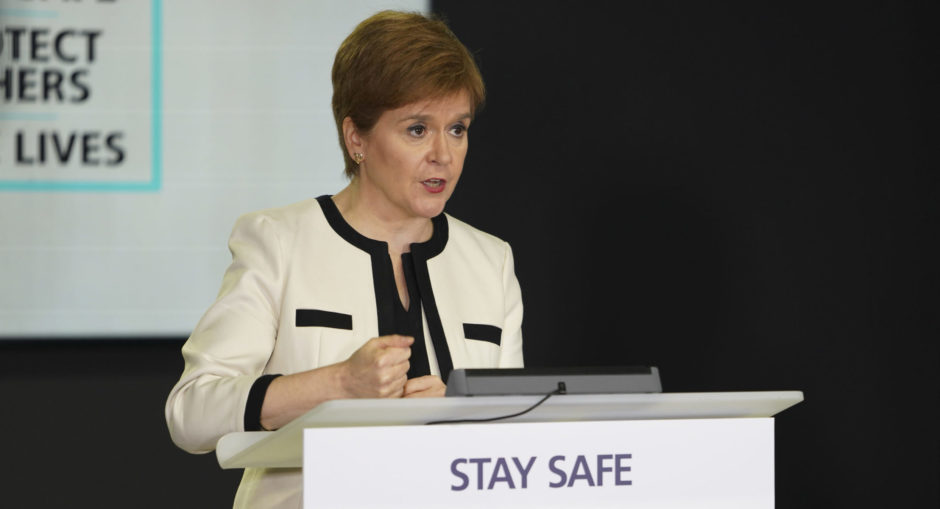The First Minister has said latest figures showing a rise in the number of coronavirus cases across Scotland mean she may need to “put the brakes” on some measures to ease lockdown.
Speaking during her daily briefing on Monday, Nicola Sturgeon said Scotland was seeing a “very definite trend” in a rise in cases.
The First Minister also gave an early indication of the outcome of Thursday’s review of lockdown measures in Scotland by stating that recent statistics show it will “not be the case” that the country can move into phase four of its roadmap out of lockdown, as to do so the virus must no longer be considered a significant threat.
Ms Sturgeon admited it “may be that we have to put the brakes on some further changes too”.
However, she would not be drawn on which measures may be halted, including fans getting back into football stadia, of which an indicative date was previously given of September 14 at the last lockdown review.
A new Protect Scotland app will launch later this week, which the First Minister claimed would not “track your location”, addressing recent concerns around privacy and confidentiality.
She added: “But if you test positive, if you download and use the app, it will help identify people you have been in close contact with who are not known to you; for example, someone you might have sat close to on a bus or train.”
Over the past seven days, the average number of cases being reported on a daily basis is 152, up from 52 cases on average per day just under three weeks ago and an average of 14 new cases a day around six weeks ago.
But as we have released ourselves from lockdown, we’ve also released the virus from lockdown.”
First Minister Nicola Sturgeon
Nicola Sturgeon said: “We have a very definite trend at the moment and in some ways it shouldn’t surprise us.
“In recent weeks we have opened up most of our economy. We had to get some normality into our economy because we know lockdown does other harms to people.
“But as we have released ourselves from lockdown, we’ve also released the virus from lockdown.”
The First Minister said similar increases have been seen in other countries within the UK, across Europe and the globe.
A total of 146 positive cases was recorded across Scotland over the last 24 hours, accounting for 2.4% of all tests.
The largest number of cases recorded was across the Glasgow and Clyde health board area, with a total of 78 positive cases.
Meanwhile, 19 were recorded in Lanarkshire, 13 in Lothian and nine in Ayrshire and Arran.
A total of 256 patients are in hospital, 12 more than yesterday, and five people are in intensive care, one higher than yesterday.
In the past 24 hours, no deaths were registered as a result of the virus.
Speaking during her daily briefing, Ms Sturgeon said the increase in cases is not so far resulting in a significant increase to hospitals or intensive care, which could in part reflect the fact that younger people make up a higher percentage of those testing positive.
However, the First Minister added that if transmission “takes hold” again then it “will eventually seep into older and more vulnerable groups”.
She added: “To be blunt, some younger people will go on to infect their older friends or relatives and it’s at that point we could see more deaths and serious illness happening.”

